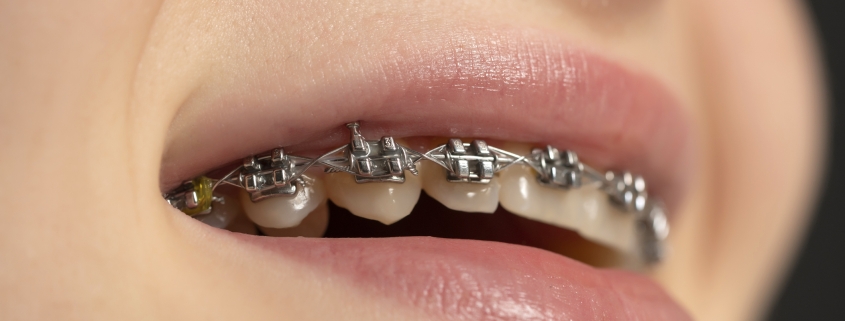Orthodontics Across Different Ages
Whether you’re a child, teenager, or adult, orthodontic treatment can provide significant benefits, improving not only aesthetics but also oral health and function. This article explores orthodontic care at different stages of life and the unique considerations for each age group.
Orthodontics for Children
Early Intervention (Ages 6-10)
Purpose: Early orthodontic intervention, also known as Phase I treatment, typically begins around ages 6 to 10. The goal is to address and correct developmental issues before they become more severe.
Common Treatments
Space Maintainers: Keep space open for permanent teeth if a baby tooth is lost early.
Palatal Expanders: Widen the upper jaw to make room for crowded teeth or correct crossbites.
Partial Braces: Used to address specific issues with front teeth.
Benefits
Guides proper jaw growth.
Reduces the risk of trauma to protruding front teeth.
Improves self-esteem by addressing noticeable issues early.
Orthodontics for Teenagers
Comprehensive Treatment (Ages 11-18)
Purpose: Teenage years are ideal for comprehensive orthodontic treatment because most, if not all, permanent teeth have erupted, and the jaw is still growing. This is often referred to as Phase II treatment.
Common Treatments
Traditional Metal Braces: The most common type, effective for a wide range of orthodontic issues.
Ceramic Braces: Less noticeable than metal braces, but similar in function.
Clear Aligners: Removable trays that are virtually invisible, such as Invisalign.
Lingual Braces: Braces placed on the back of the teeth, hidden from view.
Benefits
Corrects crowded, crooked, or spaced teeth.
Aligns jaws to improve bite and function.
Enhances appearance and boosts confidence during formative years.
Orthodontics for Adults
Adult Treatment (Ages 18+)
Purpose: Many adults seek orthodontic treatment to improve their smile and oral health. Advances in orthodontic technology have made treatment more discreet and comfortable.
Common Treatments
Clear Aligners: Popular among adults for their discreet appearance and convenience.
Ceramic Braces: Tooth-colored braces that blend with natural teeth.
Lingual Braces: Hidden behind the teeth, making them invisible to others.
Traditional Braces: Effective for complex cases, even though they are more visible.
Benefits
Corrects long-standing dental issues such as misalignment, bite problems, and spacing issues.
Prevents or alleviates dental problems like tooth decay, gum disease, and TMJ disorders.
Enhances professional appearance and personal confidence.
Special Considerations for Different Ages
Children
Monitoring growth patterns is crucial for timely intervention.
Early treatment can reduce the need for more extensive procedures later on.
Cooperation with treatment may require extra encouragement and support.
Teenagers
Treatment is often easier due to the natural growth spurts that can be guided for optimal results.
Social and aesthetic concerns may influence the choice of braces (e.g., clear aligners vs. metal braces).
Importance of maintaining good oral hygiene during orthodontic treatment.
Adults
Bone density and oral health must be assessed, as adults may have more complex dental histories.
Treatment may take longer due to the maturity of the jaw and teeth.
Adults must balance treatment with busy lifestyles, making clear aligners a popular choice for their convenience

